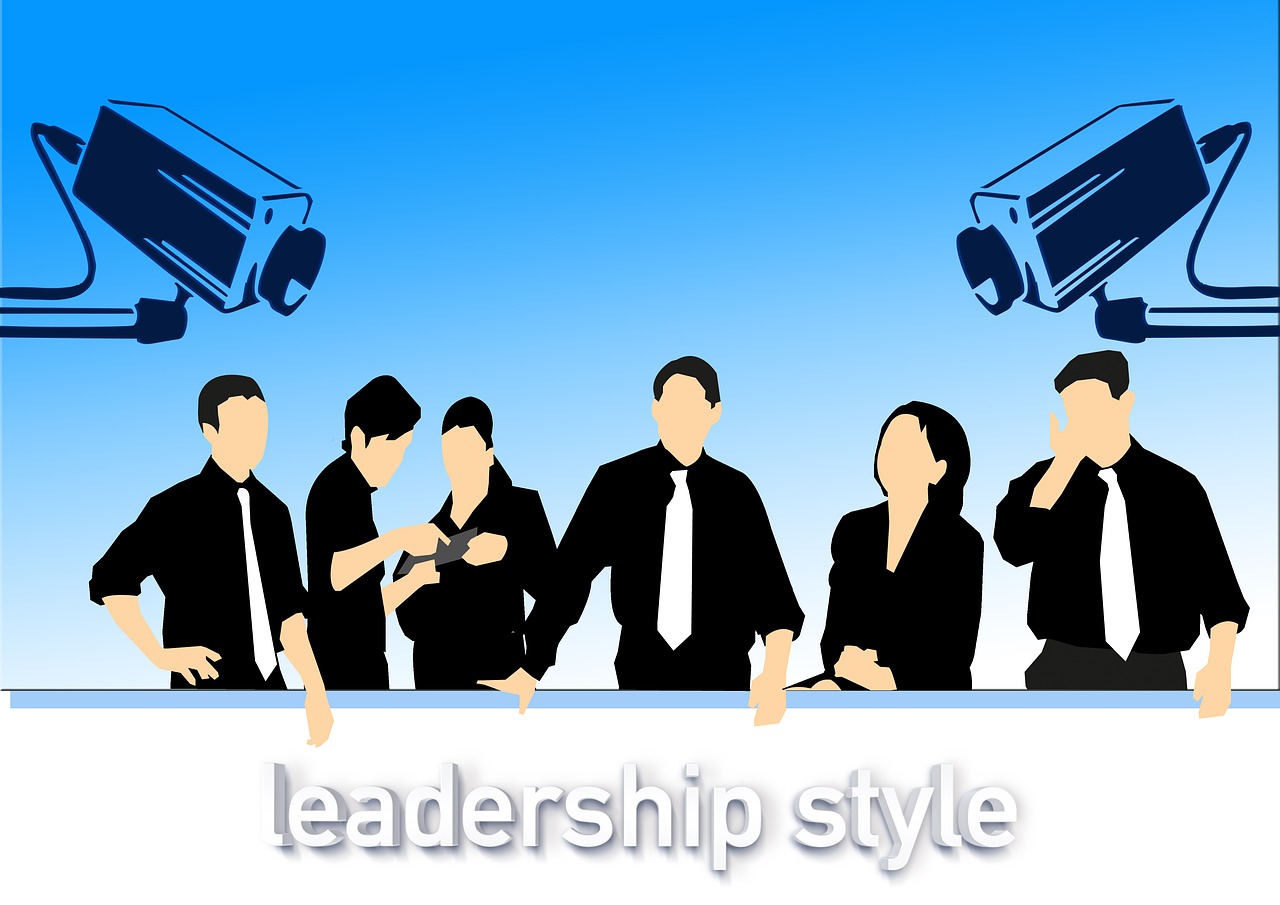Moving from a high-performing individual contributor to a team leader is a profound career shift filled with challenges and opportunities. Many professionals who have excelled by doing everything themselves face a new reality when stepping into leadership: their previous strengths may no longer serve as the primary tools for success. Instead, the focus shifts to guiding others, cultivating talent, and driving collective achievement. This transition calls for developing new skills such as delegation, strategic thinking, and interpersonal communication, while redefining success from personal accomplishments to team outcomes. Despite its difficulty, mastering this evolution can unlock unparalleled fulfillment and impact in one’s career.
Developing a Leadership Mindset: From Specialist to Strategic Generalist
One of the most significant hurdles in moving from “doing” to leading is the required mindset transformation. High performers often build their reputation by deep expertise and autonomous execution. However, leadership demands a broader perspective — one that integrates diverse aspects of the organization to orchestrate collective success rather than singular achievements.
Lisa Walsh, vice president at PepsiCo Sales, aptly describes the evolution: “Your career ascent likely hinged on your specialist knowledge. Now, to lead effectively, you need to become a well-rounded generalist who understands how various business functions interconnect.”
To foster this strategic mindset:
- Expand your knowledge beyond your expertise: Regularly engage with company-wide communications, industry news, and strategic updates. Resist the urge to delete emails or ignore newsletters that fall outside your immediate function. Each message contains context about the broader business environment and informs better decision-making.
- Build interdepartmental relationships: Purposefully network with colleagues in other teams or divisions. For example, if your background is in finance, reach out to peers in product development, marketing, or operations. This exchange not only broadens your insight but also builds a network of trusted contacts to support cross-functional initiatives.
- Adopt a systems-thinking approach: Learn how various teams’ work impacts organizational goals. Understanding interdependencies helps you prioritize and allocate resources strategically, avoiding siloed decisions that may yield local success but hamper overall progress.
Such steps, grounded in principles from resources like Kinetic Clarity’s guide on delegation and Renee Giarrusso’s insights on team leadership transitions, pave the way for an expanding leadership role that transcends individual competence.
| Stage | Focus | Key Actions |
|---|---|---|
| Specialist | Mastery of own task | Deep technical skills, independent execution |
| Generalist | Understand holistic business | Networking across departments, learning broader context |
| Leader | Guide and enable teams | Strategic thinking, delegation, team development |
Ultimately, embracing the mindset of a strategic generalist allows new leaders to pivot from doing to inspiring and directing others—laying a foundation for sustainable leadership impact.

Mastering Accountability: Own Failures, Share Successes to Build Trust
Transitioning to a leadership role fundamentally changes how accountability operates. As a top performer, you were likely rewarded for individual accomplishments, with successes highlighted and failures mitigated. Yet, leadership requires a delicate balance: you must learn to share credit generously while owning responsibility for setbacks transparently.
Lisa Walsh highlights this balance: “One hallmark of effective leadership is the courage to take risks and own both wins and failures. Your team will look to you for guidance during success and challenges alike.”
Leaders must foster a culture where achievements are celebrated collectively. Lao Tzu famously observed, “When the best leader’s work is done, the people say, ‘We did it ourselves.’” This reflects the essence of empowerment, enabling teams to take pride in their work while the leader remains the accountable anchor.
- Share credit publicly: Recognize individual and team contributions openly. Use team meetings or company forums to spotlight successes, ensuring all voices are heard.
- Accept responsibility for failures: When hurdles arise, admit them before others do. Communicate lessons learned and propose corrective actions. This builds credibility and trust.
- Apologize when appropriate: As a leader, humility is paramount. Publicly apologizing for mistakes or oversights demonstrates integrity and reinforces a psychologically safe environment.
- Encourage upward feedback: Invite team members to candidly share concerns or suggest improvements. This two-way dialogue strengthens relationships and collective problem solving.
By practicing this accountability approach, new leaders shift team morale positively, transforming setbacks into growth opportunities. As a recommendation from LinkedIn Learning experts and insights from Forbes on first-time managers, this leadership attribute is foundational to gaining respect and authority.
Moreover, humility paired with visible ownership nurtures a resilient atmosphere where team members feel safe to innovate, challenge norms, and contribute their best without fear of undue criticism.
Delegation as a Leadership Skill: Moving from Task Completion to Team Empowerment
Effective delegation is the cornerstone of transitioning from doing to leading. It demands not simply assigning tasks but empowering others with autonomy, resources, and accountability to succeed independently.
New leaders often grapple with the impulse to “do it themselves” because they trust their own abilities and worry about outcomes. However, this mindset stifles team growth and overloads the leader, undermining long-term effectiveness.
According to Dale Carnegie’s time-tested principles and FranklinCovey’s leadership teachings, three key practices enable successful delegation:
- Clarify outcomes and expectations: Define what success looks like clearly. Avoid micromanaging the process but be explicit about deadlines, quality standards, and priorities.
- Match tasks to team members’ strengths and development goals: Delegate not only to get work done but to cultivate skills and career aspirations. For example, assigning a presentation to a team member interested in public speaking boosts engagement and professional growth.
- Maintain accountability with support: Check in periodically to offer guidance and resources but avoid taking over the task. Use tools like Asana to track progress collaboratively.
Practicing delegation with intention transforms the leader into a multiplier of productivity rather than a bottleneck. It also signals trust, increasing team motivation and satisfaction.
| Delegation Step | Purpose | Example |
|---|---|---|
| Define goals & expectations | Sets clear performance standards | Explain desired outcomes for a project presentation |
| Assign based on strengths | Encourages growth & leverages skills | Choose team member with design skills to create slides |
| Provide resources & check-ins | Ensures accountability without micromanagement | Schedule weekly updates and offer feedback |

Cultivating Communication and Emotional Intelligence to Enhance Team Dynamics
Transitioning into leadership heightens the importance of communication. Unlike being a contributor focused primarily on one’s own tasks, leaders must communicate clearly, empathetically, and persuasively across varied contexts.
Strong communication includes articulating vision, setting expectations, resolving conflicts, and inspiring action. According to Gallup’s research on employee engagement, teams led by managers skilled in emotional intelligence see higher productivity and lower turnover.
Key communication strategies include:
- Active listening: Encourage open dialogue by giving full attention to team members’ ideas and concerns.
- Providing and soliciting constructive feedback: Use structured feedback models such as the “Situation-Behavior-Impact” framework from MindTools to guide conversations.
- Adapting communication style: Recognize diverse personalities and preferences within your team and tailor your approach accordingly.
- Transparent decision-making: Share rationale and context behind key choices to build trust and alignment.
Building emotional intelligence also helps leaders manage stress, navigate complex interpersonal dynamics, and become better coaches. Training platforms like LinkedIn Learning and Coursera offer courses to develop these competencies systematically.
Enhancing these skills is crucial not only for day-to-day functioning but also for successfully leading teams through periods of change, an increasingly common scenario as highlighted by the Harvard Extension’s guidance on leading through change.
From To-Do to To-Lead: Practical Steps to Transition Your Role Today
Waiting until the formal promotion to leadership before practicing leadership behaviors can unnecessarily delay your growth. Taking proactive steps to lead in your current role builds momentum and demonstrates readiness.
Here are ways to shift your daily activities from doing to leading:
- Identify leadership opportunities within your existing tasks: Select projects where you can coordinate efforts, offer mentorship, or involve others strategically.
- Engage colleagues with purpose: Motivate them by linking projects to personal interests or career development goals, making involvement meaningful rather than burdensome.
- Facilitate collaboration: Organize regular check-ins that focus on progress, obstacles, and creative solutions, leveraging project management platforms like Asana to streamline communication.
- Reflect and seek feedback: After leading a project or initiative, solicit input from your team and manager on what worked well and areas to improve.
Taking these steps encourages a leadership mindset and cultivates the essential skill of enabling others rather than executing alone. This approach aligns with expert advice from April Guerra’s blog on self-leadership to leading others and Leadership Coach Group’s guidance on leadership transitions.
Quiz: Transition from Doing to Leading
Continuously shifting your mindset from completing individual tasks to orchestrating team success prepares you for formal leadership roles and builds trust among your colleagues.

FAQ on Transitioning from Doing to Leading a Team
How can I overcome the guilt of not doing tasks myself after becoming a leader?
It’s natural to feel guilty initially, but reframe your role: your value now lies in guiding others to perform those tasks. Trust your team and focus on developing their capabilities. This shift is crucial to your and the team’s growth.
What if my team members resist taking on new responsibilities?
Address resistance through clear communication about benefits, provide support and training, and involve them in decision-making. Ensuring tasks align with their skills and aspirations increases engagement. Remember that building trust takes time.
How do I build credibility quickly as a new leader?
Demonstrate accountability, share successes generously, listen actively, and maintain consistent communication. Leading by example and showing empathy earn respect faster than simply relying on title.
Is it necessary to have formal leadership training before leading a team?
While formal training is beneficial, leadership skills can and should be developed on the job by seeking experiences and mentorship. Platforms like LinkedIn Learning and Coursera provide accessible courses to accelerate growth.
How can I maintain work quality while delegating tasks?
Set clear expectations, establish checkpoints, and maintain open channels of communication. Using project management tools like Asana helps monitor progress without micromanaging, ensuring quality is upheld.

